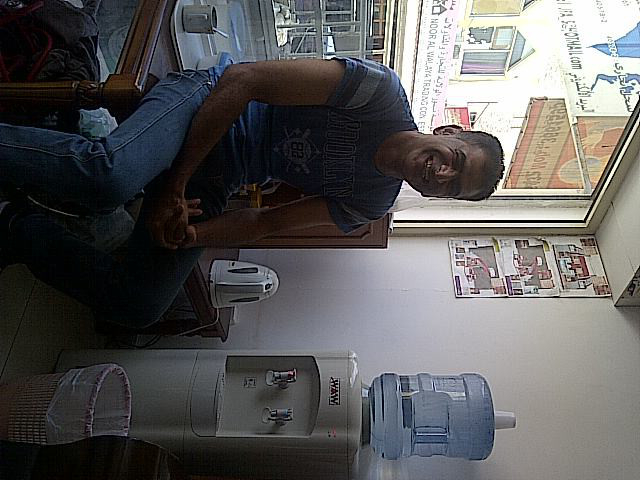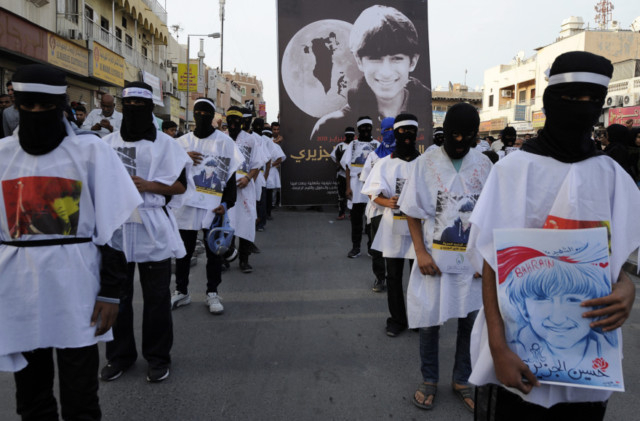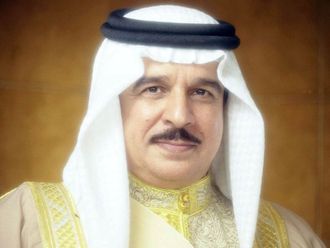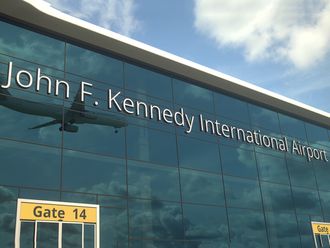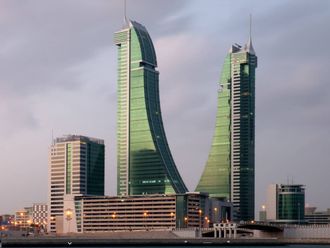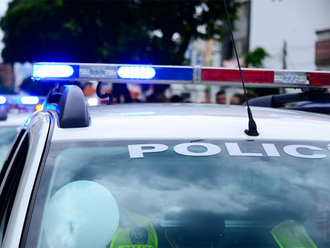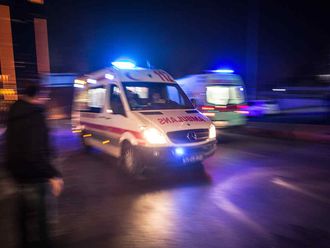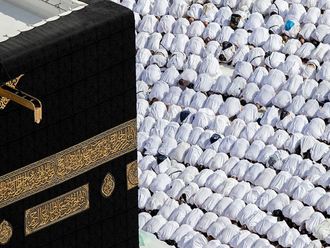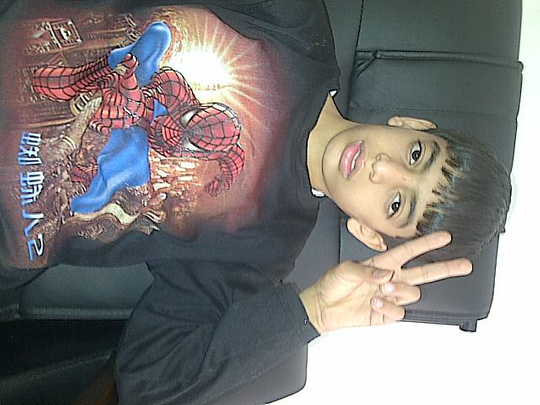
Manama: With all of the expertise of years of medical training and work, Umm Ahmad eases a pair of manicure tweezers into the bleeding would and gently tries out a lead pellet from Saeed’s calf.
Five more pellets and pieces of small razor-like wire shrapnel are pried from Saeed’s leg.
Using cooking tongs, she rubs gauze dipped in antiseptic solution to the wounds, then uses small butterfly sutures to close the wounds.
Saeed hardly winces during the ten minutes he’s lying on the clear construction plastic laid on the carpets in the middle of the majlis (sitting room) in this house down a back ally in Sanabis, a predominantly Shiite-populated village on the outskirts of Manama.
A hour or so earlier, Saeed had been peppered with pellets as he took part in a violent anti-government street riot. But like most rioters injured during clashes, seeking help at a regular hospital isn’t an option.
Those gathered here are all lawbreakers, their violent acts against police sustaining the mayhem of the past two years. A 24-year-old Pakistani policeman died and three colleagues seriously wounded by Molotov cocktails. Scores more hurt by missiles such as paving bricks and jagged rebar javelins launched at the peacekeepers.
Despite their attempts to control the crowds, the street violence continues.
The street violence has been continued in waves for the past two years. For the government, these protesters are criminals responsible for perpetrating an atmosphere of fear and intimidation. And for the police, they are lawbreakers who must be brought to justice.
“Anyone who goes to the hospital with a [bird-shot] wound is arrested by police,” Ahmad says. His mother had been a nurse but retired to look after the growing family’s needs.
Two living room lamps with their shades removed act as makeshift operating theatre lights as Umm Ahmad works quietly on the two other injured. One has a bloodied and likely broken nose, the other has a crooked T-shaped gash on his right temple at his hairline.
While the conditions aren’t sterile — a cat is watching the proceedings from the top of a number of red cushions lining the walls and dirty bare-footed youths loiter in the majlis — the treatment is as effective as it can be.
Most in the room are coughing and sniffling from the after-effects of tear gas. Two teenage boys pass around a tray of sweet tea and sesame and almond biscuits.
The youth with the broken nose fights back tears as Umm Ahmad carefully trims a tampon with kitchen scissors and inserts it up a nostril, repeating it a second time for the other. He’s given a couple of pain killers and left to lie down on the fur-covered cushions as the cat scurries away.
“He’ll be pretty in time,” Ahmad says. “Prettier than he was anyway.”
The room bursts into laughter.
The third teen with the temple wound takes his turn on the plastic sheeting. Umm Ahmad changes her gloves as an order is given to move the lamp closer.
She inspects the wound, seeing how deep it is. It’s then cleaned.
“This will hurt,” she tells the youth and he braces for the stitches to come. She roots in her kit box and produces a suture kit, the plastic covering on which is from a UK company and marked “For Export Only” and “For Veterinary Use Only.”
Within ten minutes, the youth is patched up, the bright neon blue Velcro bandage around his head at odds with the tears in his face and his bloodied Addidas T-shirt. Two more pain killers and the evening’s work is done.
“Since the trouble began here in Bahrain two years ago, doctors and medical staff have been arrested and put on trial for helping people,”
Ahmad says. “Now people are too afraid to go to Salmaniya or the medical centres. They know they the police are watching and anyone who is injured will be arrested. That’s why my mother has to do what she does. Every weekend it is like this.”
Mostly, its stitches and bird-shot extraction or flushing eyes stung by tear gas with a solution of distilled water and contact-lens liquid.
At the height of the crisis, anti-government protesters had virtually taken control of Salmaniya Hospital, the largest medical facility on this troubled island kingdom.
Medical supplies have to be gathered wherever and whenever they can, and what can be substituted is.
The majlis is cleaned up, the dirty dressings put into a Gulf Mart shopping bag and the plastic covering is rolled up. The tweezers and scissors are taken to the gas stove in the kitchen and plunged into a pot of boiling salted water.
Outside, in a small courtyard behind a corrugated-steel gate, Ahmad puts the used materials into a halved oil drum, pours diesel on it and sets it ablaze. The day’s work is done. But there’s no shortage of days like this — and no shortage of patients for his mother — as long as they continue to defy the rule of law and order.



